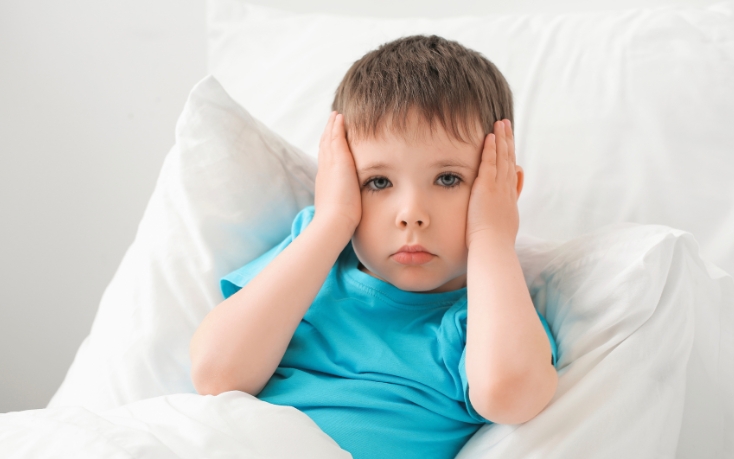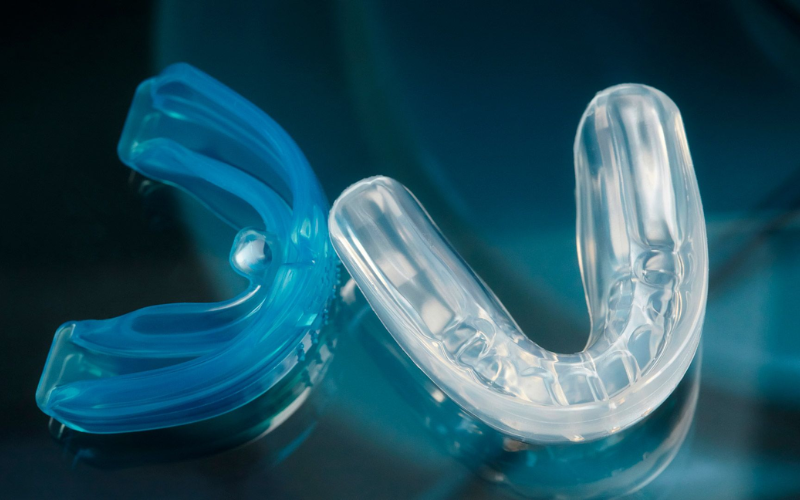
Is your child struggling to stay focused during the day or waking up more tired than when they went to bed? You might think it’s just a phase or that they didn’t get enough sleep—but what if there’s something more going on?
Sleep-disordered breathing (SDB) in children is a condition that often goes unnoticed. It ranges from mild snoring to more serious issues like obstructive sleep apnea. Since children may not always be able to describe their symptoms, it’s up to parents to recognize the signs. Ignoring the warning signals could lead to developmental delays, behavioral problems, and even heart issues.
Know about the 5 key signs that could indicate your child is suffering from sleep-disordered breathing—and what you can do about it.
Not Sure If Your Child Is Sleeping Safe & Sound? These 5 Common Signs Will Confirm
1. Loud & Frequent Snoring
While occasional snoring might not raise concern, persistent, loud snoring is not normal in children.
Watch for:
- Snoring 3 or more nights a week
- Snorting, gasping, or choking sounds during sleep
- Pauses in breathing
This could suggest a blocked airway due to enlarged tonsils, adenoids, or other obstructions that restrict airflow during sleep.
2. Restless Sleep and Unusual Positions
If your child tosses and turns or sleeps in odd positions—like with their neck hyperextended or sitting upright—it may be their body trying to keep the airway open. Consulting a pediatric dentist in Coronado, helps identify whether these patterns are related to oral structures affecting breathing.
Signs include:
- Sleeping with the mouth open
- Sweating excessively during sleep
- Kicking or thrashing throughout the night
These movements aren’t just signs of a bad dream—they might be silent cries for oxygen.
3. Daytime Sleepiness or Hyperactivity
Children with poor nighttime breathing don’t always appear sleepy—they may actually become hyperactive or irritable.
Look out for:
- Difficulty waking up in the morning.
- Trouble concentrating at school.
- Mood swings or aggressive behavior.
According to the American Academy of Pediatrics, nearly 2–3% of children suffer from obstructive sleep apnea, but many go undiagnosed, often mistaken for ADHD.
4. Mouth Breathing and Dry Mouth
Chronic mouth breathing is a subtle but important clue. If your child habitually breathes through their mouth, especially during sleep, it may indicate airway problems.
Accompanying symptoms include:
- Dry mouth or bad breath in the morning.
- Hoarse voice or sore throat.
- Dark circles under the eyes (“allergic shiners”).
These signs suggest your child’s nose may be congested or blocked, forcing them to breathe through their mouth—which doesn’t promote restful sleep.
5. Bedwetting Beyond The Usual Age
Frequent nighttime bedwetting in children over the age of 6 could be more than just a bladder issue. It might actually be linked to sleep-disordered breathing, especially when combined with other symptoms on this list.
Why this happens:
- Interrupted sleep cycles can affect bladder control.
- The brain may fail to receive the signal to wake up in time.
If your child is otherwise healthy and still wetting the bed, a sleep evaluation might be in order.
Sleep-disordered breathing is more common in children than most parents realize—but thankfully, it’s also highly treatable when caught early. If you’ve noticed one or more of these signs in your child, don’t wait. Early intervention can improve their sleep quality, behavior, academic performance, and overall well-being.
Concerned your child may have sleep-disordered breathing? Schedule a consultation with our pediatric dentist trained in airway assessments. The sooner the issue is addressed, the faster your child can return to sleeping—and thriving—peacefully.

